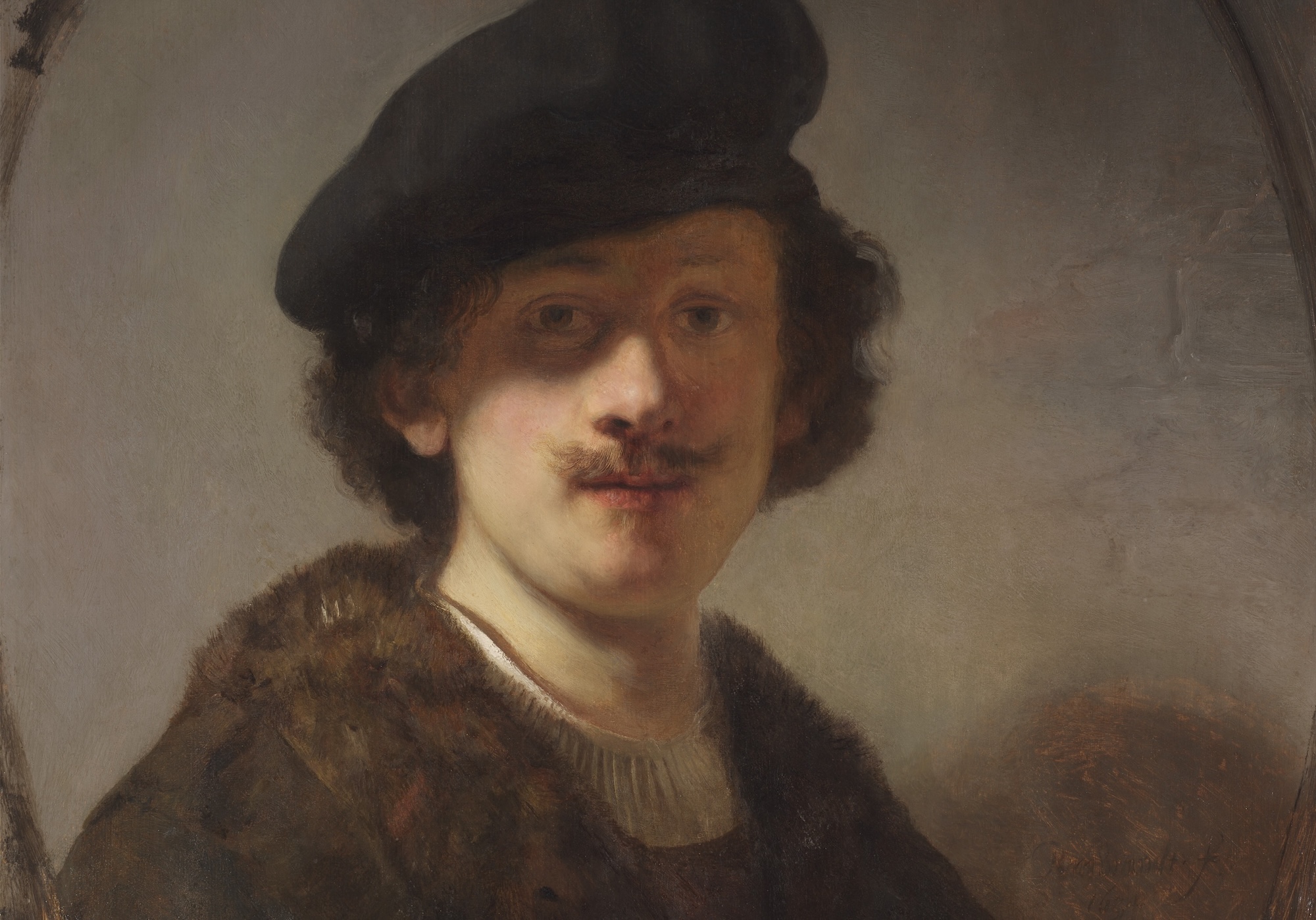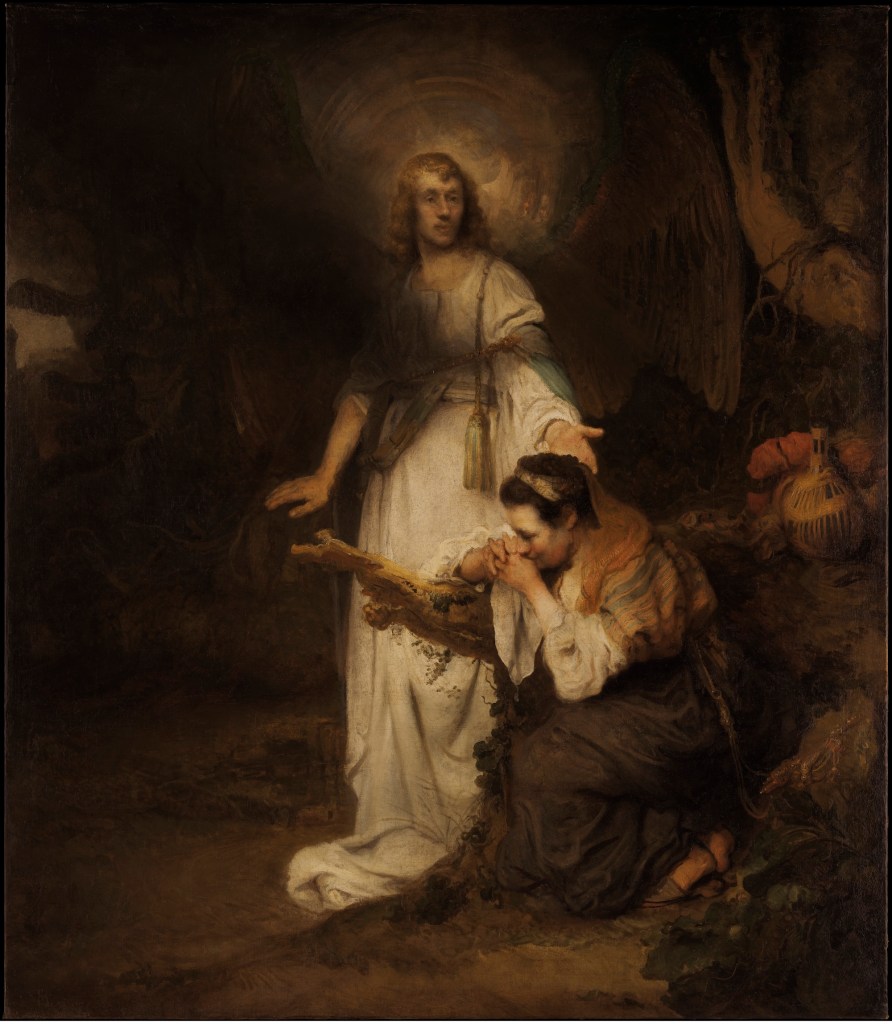
The Leiden Collection, New York photo

Audio By Carbonatix
Picture a darkly-lit hall, its plum-colored walls lined with dozens of paintings, all masterpieces from the Dutch Golden Age — Rembrandt, Hals, even a Vermeer, almost all framed in thick, black wood. This room exists, not in Amsterdam or Paris or even New York, but in West Palm Beach, where the Norton Museum of Art has mounted an absolutely staggering exhibition dedicated to this pivotal era in art history.
“Art and Life in Rembrandt’s Time: Masterpieces from the Leiden Collection” is notable for several reasons. For starters, this is the first time Rembrandt, Vermeer, and the rest of the artists in the show have ever been exhibited in South Florida. Then there’s the fact that the paintings are all owned by the Leiden Collection, the largest cache of Dutch Golden Age art held in private hands, and that this is the first time it’s been shown in North America, let alone Florida.
But beyond superlatives, there’s the work itself, which is monumental. These aren’t just old, brutally expensive paintings. They represent a revolution in art itself and a revolutionary time. The Dutch Golden Age, which covers most of the 17th century, was a period of immense religious and cultural upheaval, much like our own. The Reformation had unleashed a century of conflict across Europe, and the newly Protestant Dutch were becoming rich amid the rise of capitalism.
Artists like Rembrandt van Rijn and his cohort, known as the Leiden School, took advantage of the changing times. They developed and mastered a style that utilized light and realism in a way that had never been seen before. And they broke from aristocratic norms, depicting ordinary men and women from all walks of life with the same dignity and attention to detail once reserved for kings and biblical scenes.
A painting by Johannes Vermeer, “Young Woman Seated at a Virginal,” epitomizes the way in which the simplicity with which these artists painted unlocks the sublime. Smaller than a standard sheet of printer paper yet epic in its impact on the viewer, the piece shows us a woman in a yellow shawl playing a keyboard. Light flows down from a window above and to the left. She’s looking right at the viewer, and as we stare into her eyes, her blank face evolves into an expression of deep, pleading intimacy. There’s nothing else in the room, just a performer, her instrument, and her audience just outside the frame.
The Collector
The fact that these paintings have made it here at all is due in part to the fact that the Leiden Collection’s founder, billionaire businessman Thomas Kaplan, lived in Fort Lauderdale during his adolescence. Although he says he was mostly convinced by the museum’s director, Ghislain d’Humieres, to bring the collection to the Norton, he admits bringing the works home to South Florida is a bit of a full-circle moment.
“I arrived here right after my eighth birthday, and I went from living in a building on Riverside Drive in New York to essentially living on a golf course,” Kaplan tells New Times. He describes the period as idyllic, full of fond memories of fishing in canals and hunting for snakes, comparing his time here to Huckleberry Finn. “It deepened my passion for the natural environment, and that definitely would not have found full expression had I stayed in New York.”
Kaplan, who also funds the big cat conservation group Pantera, started collecting art in 2003 after making most of his money investing in mineral extraction, particularly silver mining in Bolivia. As he tells it, a friend asked what type of art he would collect if he wanted. His answer: Rembrandt and other Dutch Old Masters. He began small, with a tiny, oval-shaped portrait by Gerrit Dou painted on silver-enameled copper — a rare backing that connected poetically to his business.
Eventually, Kaplan’s holdings grew into some 220 artworks in total, 18 of those by Rembrandt. He benefitted from a buyer’s market for Old Masters in the 2000s, when modern and contemporary art were in vogue and economic headwinds created opportunity. He recalls a “raid on Rembrandt” during the 2008 financial crisis in which he acquired five paintings by the artist in a single week.
But unlike other art collectors, Kaplan has never kept the paintings to himself, or even hung any of them in his home. The Leiden Collection may be private, but its mission is uniquely public-facing, dedicated to bringing Rembrandt and his cohort to the world. All of the works can be viewed and studied on the collection’s website. It has no museum of its own and prefers to function as a “lending library,” loaning paintings out to institutions and holding exhibitions in major global cities: Amsterdam, Paris, Beijing, and Abu Dhabi.
Kaplan argues that this model gives the paintings a better chance of being viewed, as opposed to being held by a museum that may not choose to display them. “If you think about it, all of the paintings that we acquired were taken out of the private domain and put back into the public domain,” he says.

The Leiden Collection, New York photo
Past and Present
It’s clear that Kaplan sees the collection as more than a hobby. He calls Rembrandt a “universal artist” and argues his influence can be felt even in today’s contemporary art scene.
“All art is contemporary when it’s made. Rembrandt was a contemporary artist. He was a breakthrough artist, but very little contemporary art in any era survives as something that is considered to be either meaningful in the trajectory of art history or valuable,” he says. “Rembrandt is in a different category, as are Van Gogh and Picasso. They pass the test of time.”
His zeal became abundantly clear during an extremely thorough, erudite, and entertaining (if slightly long-winded) hour-plus press preview tour ahead of the opening. Kaplan pointed out fine details on the paintings and conveyed their fascinating histories. Rembrandt’s Young Girl in a Gold-Trimmed Coat, for instance, was heisted from the Museum of Fine Arts Boston in a brazen daylight armed robbery in 1975. A Gerrit Dou painting of a girl playing a clavichord was previously owned by the Hohenzollerns, the former ruling family of imperial Germany, and even hung in Frederick the Great’s dressing room.
Several works are extremely rare and incredibly valuable, even within the context of the period. The Vermeer, which Kaplan bought from casino magnate and fellow billionaire Steve Wynn, is the only work of the artist’s 34 known paintings still in private hands. But it isn’t even the rarest piece in the show.
That honor goes to a work by Carel Fabritius, Hagar and the Angel, one of only a dozen or so paintings attributed to the protegée of Rembrandt before he died in 1654 in a massive gunpowder explosion in Delft.
Though Rembrandt and Vermeer are the highlights, the presence of lesser-known artists such as Fabritius and Dou makes the show feel even more comprehensive. The show is divided into topical sections on life in the 17th-century Netherlands, tackling subjects such as fashion, food, and leisure. We see how style changed as the Dutch went from poverty-minded conservatives to flush with cash as the economy developed. A section on portraiture by Rembrandt, an incredibly popular artist in his day, gives us a further cross-section of life at this time, from studies of Jewish residents of Amsterdam to commissioned portraits of the city’s elite to the artist’s own famous self-portraits.
Rembrandt’s presence elevates his peers, and their paintings flesh out the world that these artists inhabited. The result is a must-see experience of the past that reflects on the present. They may be old, but the artworks in this exhibition are utterly timeless.
“Art and Life in Rembrandt’s Time.” On view through Sunday, March 29, 2026, at the Norton Museum of Art, 1450 W. Dixie Hwy., West Palm Beach; 561-832-5196. Tickets cost $18 for adults, $15 for seniors, and $5 for students. Admission is free for children ages 12 and under. Available by timed admission only at norton.org.